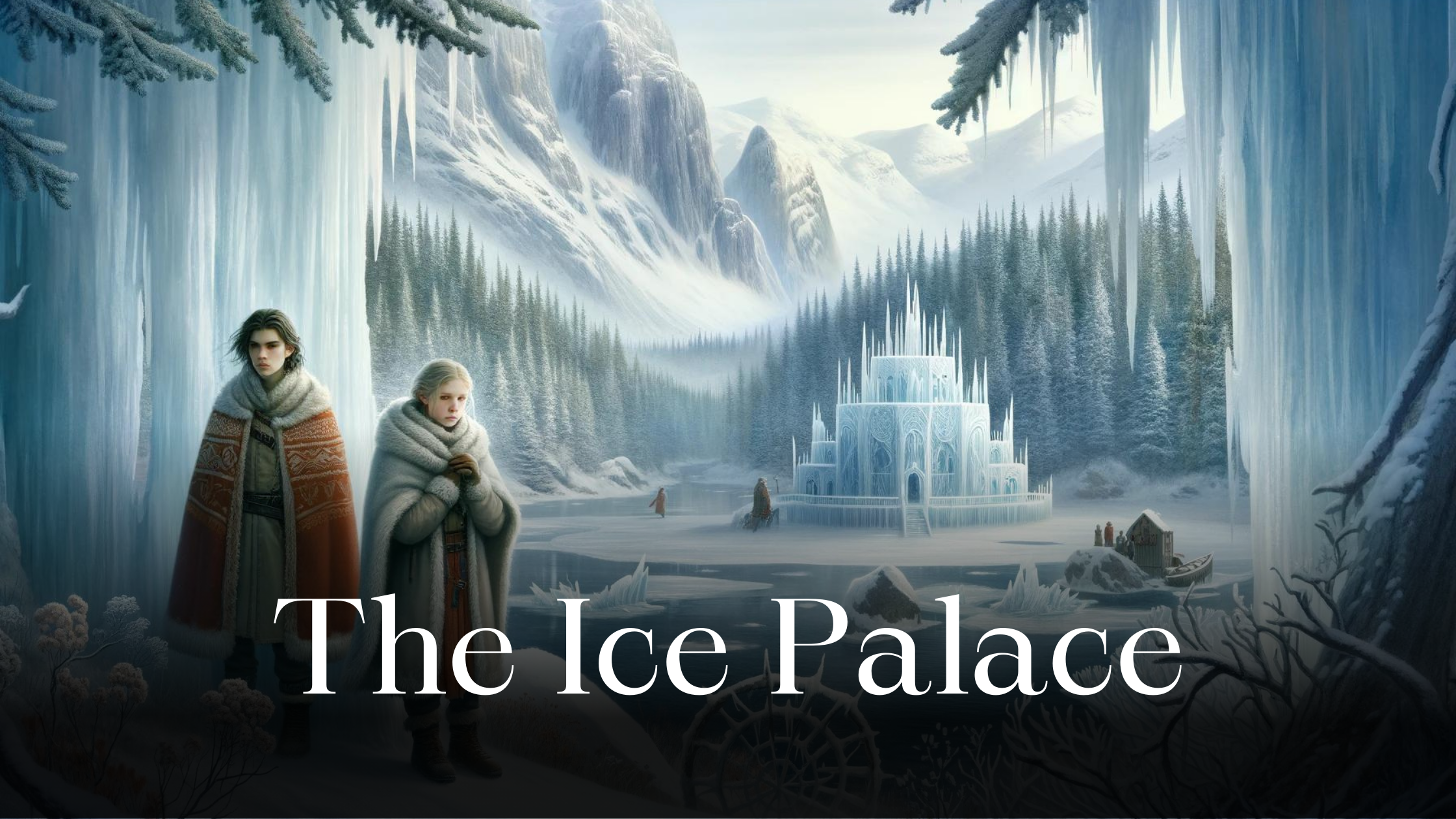“The Harp of Burma” is a poignant novel by Michio Takeyama that tells the story of a group of Japanese soldiers who are stranded in Burma after the end of World War II. The soldiers, who are part of the “singing company,” are known for their love of music and their ability to keep their …
Types of Allegories
“The Moon Is a Harsh Mistress” is a science fiction novel written by Robert A. Heinlein and published in 1966. The story is set in a future where the Earth has established a penal colony on the moon, and the residents of the colony eventually rebel against their Earthly oppressors. The novel is widely regarded …
The Woman in the Dunes is a novel written by Kobo Abe in 1962. The story follows Niki Jumpei, a Japanese schoolteacher who becomes trapped in a sand pit with a woman. The novel is often regarded as an allegory, a story that has a hidden meaning. The Woman in the Dunes explores themes of …
The Moon and Sixpence is a novel written by W. Somerset Maugham that was first published in 1919. The book is an allegory that tells the story of Charles Strickland, a middle-aged English stockbroker who abandons his family and career to pursue his passion for painting. Strickland’s journey takes him to Paris, where he meets …
The Secret History of the Lord of Musashi, a novel by Junichiro Tanizaki, is a complex work of literature that has intrigued readers for decades. The novel is a retelling of the exploits of a legendary samurai, focusing on the dark sexual obsessions of a sixteenth-century warlord. The novel is known for its controlled complexities …
Nadine Gordimer’s “The Lying Days” is a semi-autobiographical novel that tells the story of Helen Shaw, a white middle-class girl growing up in a small gold-mining town in South Africa. As she comes of age, Helen becomes increasingly aware of the African life around her, and her involvement with young black students leads her into …
Earl Lovelace’s novel “The Dragon Can’t Dance” is a powerful allegory that explores themes of community, tradition, and resistance. Set in the postcolonial Trinidad, the novel follows the life of Aldrick Prospect, a man who spends the entire year recreating his dragon costume for Carnival. Through Aldrick’s interactions with other people who live in his …
“The Gate to Women’s Country” is a post-apocalyptic novel by Sheri S. Tepper. The novel is set three hundred years into the future after a catastrophic war that has left the United States fractured into several nations. The story is set in the US Pacific Northwest, where female survivors have established a network of walled …
The Famished Road is a novel by Nigerian author Ben Okri that won the Booker Prize in 1991. The book is an allegorical tale that follows the life of Azaro, a spirit child who is caught between the world of the living and the world of the dead. Okri draws on traditional African beliefs and …
“The Ice Palace” is a novel by Tarjei Vesaas that tells the story of two young girls, Siss and Unn, and the profound impact that their brief encounter has on each other’s lives. The novel takes place in a small Norwegian village where the winter landscape is as cold and unforgiving as the emotions that …










